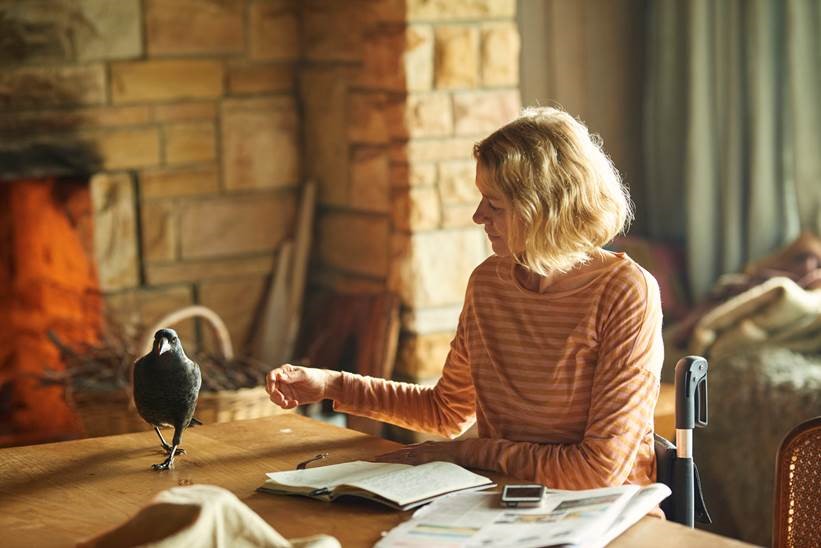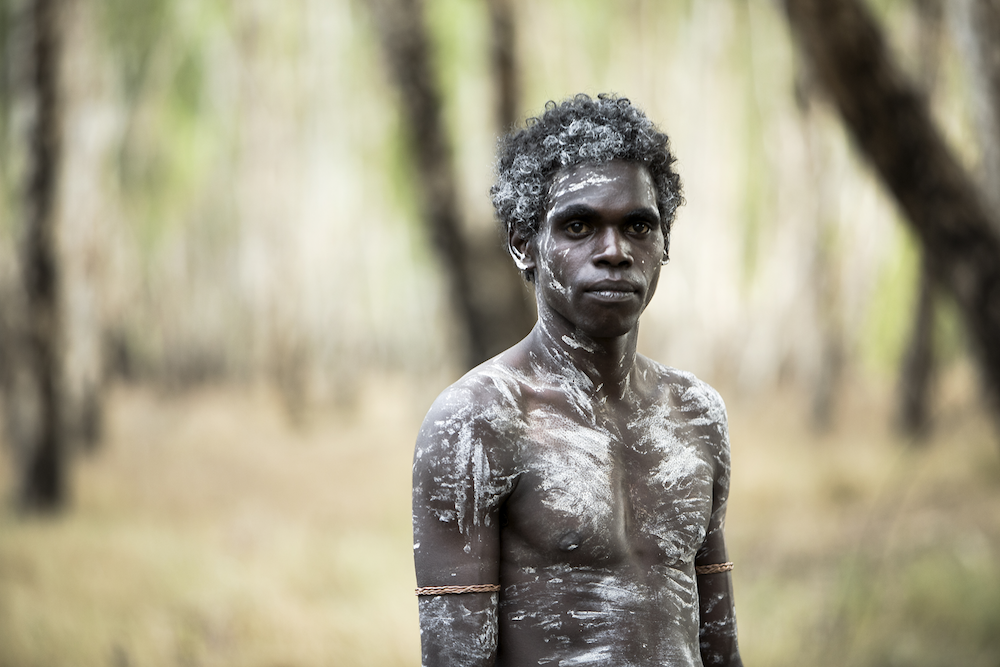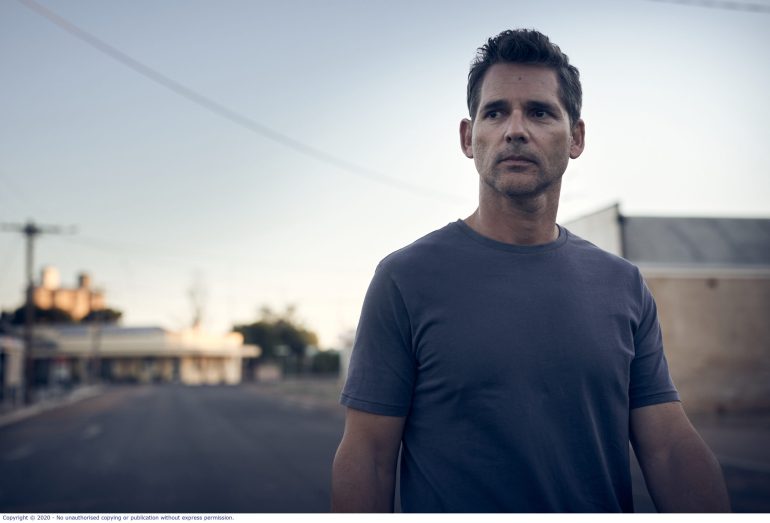Friday will see the launch of the first stage of the Australian Feature Film Summit, an event spearheaded by a working group across exhibition, distribution and production, which aims to break down sector silos to build further theatrical success for Australian features.
Its origins lie in provocative questions about the future of local film posed by producer and distributor Sue Maslin back in 2018.
Such as: Have we turned into a vanity publishing industry with little connection between creative ideas and audiences? If the old business models are broken, how can we work differently? How can we get a better equation between risk/reward?
Maslin felt a disconnect between what exhibitors were prepared to show on screens and what filmmakers were making, with the vast majority of Australian films earning less than $1 million. It occurred to her that most producers had little to do with the ‘retail’ end of the industry.
Her questions sparked lively conversation at that year’s Prism, hosted by Screen Producers Australia (SPA), gathering executives from federal and state screen agencies, producers, distributors and exhibitors.
Out of that event hatched the cross-industry working group who, for the past three years, have met regularly to strategise how to grow the local feature sector so that it makes more commercially successful and culturally relevant films.
Among its founding members are Maslin; Independent Cinemas Australia CEO Adrianne Pecotic; producer Antony I. Ginnane; Event Cinemas general manager of content Claire Gandy; SPA director of policy Holly Brimble; Motion Picture Distributors Association of Australia (MPDAA) executive director Lori Flekser; Maslow Entertainment MD Marc Wooldridge, and Brisbane International Film Festival program manager Sasha Close, working with advisor and consultant Gino Munari, ex-Village Cinemas COO.
The group has since launched the summit to foster ideas as to how the industry can work together differently to achieve further theatrical success. Key partners include the Australian International Movie Convention (AIMC), SPA, ICA, Creative Content Australia, Screen Australia and the state agencies.
What is the summit?
Maslin tells IF that to achieve the summit’s aims, it’s vital production, distribution and exhibition understand each other’s business models more clearly.
“Producers genuinely don’t have access to the level of data, information and metrics that enable us to understand how exhibitors work. There’s certainly a lack of knowledge among exhibitors about how producers finance. What level of risk do they take on? What returns do they get for that risk?”
Broadly, the event will see exhibitors asked to share insights from the coalface, provide intel about what gets audiences through the door, and with distributors, offer insight into data that drives programming decisions.
At the other end of the ‘supply chain’, producers will be invited to share with exhibitors what goes into the development and filmmaking process.
Friday’s stage one, an online event, will provide an overview of the performance of Australian cinema in 2020/21 and survey the challenges and opportunities currently facing each sector. It’s a prelude to the main event next year, an in-person conference event to be held on the final day of the AIMC (February 11, 2022).

Why now?
The summit comes as COVID-19 has accelerated shifts in the exhibition and distribution market, seeing windows shrink and SVOD subscriptions boom.
This year has also seen the Producer Offset retained at 40 per cent for theatrical features. However, films that are produced for streaming services should soon be able to access a 30 per cent PO. This throws open questions: What are the qualities of ‘theatrical’ film in this altered environment? What would work best on streamer? For a producer, when is it better to retain your IP, or go for an all rights deal?
As for theatrical, 2021 is currently the second best year for Australian film on record, thanks to the box office performance of films such as The Dry, Peter Rabbit 2, Penguin Bloom, Mortal Kombat and High Ground. What lessons there are from this ‘summer of cinema’ – at one point four out of the five top titles at the box office were Australian – now Hollywood blockbusters have re-entered the market?
Maslin says the summit comes at time of incredible momentum and optimism regarding Australian features. In her view, while quality Australian films are consistently put into the market, what changed during the summer was the space these films had. They were able to play on more screens, and for longer – allowing word-of-mouth.
“There are many commercial reasons why that opportunity doesn’t exist in normal circumstances, and these are the kind of things that we need to address. What might it look like if we can continue to create that space for Australian audiences to get access to our local films?”
Notably, Screen Australia supported a marketing campaign around The Dry, Penguin Bloom, High Ground and Firestarter: The Story of Bangarra.
Policy and the role of Screen Australia will likely be part of the summit’s discussion; Ginnane argues the agency’s distribution arm could be better funded.
“If you were to compare and contrast the amount of money that’s spent on development – hundreds of projects that never see the light of the camera – versus money that’s spent trying to assist films that have been made, it seems strange, illogical to me,” he tells IF.
Breaking down myths and marketing might
The summit also wants to put to bed certain myths: That exhibitors and distributors don’t get behind Australian films; and that Australian filmmakers don’t make commercial product.
Munari tells IF that if The Dry, Penguin Bloom and High Ground weren’t great films to start with, they wouldn’t have made the money they did. He goes even further to say that if distributors had found the right date, under normal circumstances, they would have made the same figures.
Gandy wholeheartedly concurs, noting all were fantastic films with strong marketing campaigns, succeeding against competition like Wonder Woman 1984.
“We can make great commercial films. They just need the oxygen, the right dating and the support of the greater industry to successfully perform,” she tells IF.
“There was always a question: Can we have multiple Australian films in market at the same time and have them all perform? Absolutely. Why not?”
As an exhibitor, Munari argues that when an Australian film succeeds, it is more gratifying than when, say, Avatar does $115 million. In his view, when exhibitors regard an Aussie film as having commercial potential, they’ll put in the hard yards. They genuinely care about the prosperity of the local sector, and there is a sense of ownership over these films.
“Not every film connects with an audience and not every film can be successful, but as an Australian industry, we’re potentially in a position to be able to better influence the fate of Aussie films, find and develop new ways of better connecting them to audience, and establish how to better inform producers about which projects are more likely to be commercially successful.”
Gandy agrees there is strong appetite from exhibitors for local content, and notes distributors are usually very collaborative in terms of their marketing, including
special screening programs and opportunities. However, she hopes the summit will explore how this can be taken further to seed excitement and exposure to projects earlier with audiences, such as during production. This could take the form of interview clips, teasers, cast announcements and stills.
Indeed, marketing is a crucial part of the puzzle. In 2019, an average of 14 films were released a week. With cinemas limited by session numbers, films had to perform exceptionally well, exceptionally fast.
“Unfortunately, generally Australian films suffer from a lack of a large amount of finance behind their marketing campaigns. So often people would simply not have heard of them and didn’t go and see them. There wasn’t enough time for word of mouth,” Flekser says.
“What we have to do is establish some protocols for Australian films through from financing through to exhibition that try and set them up, not for the kinds of conditions that we had during COVID, but the kind of sensibility that those films managed to garner during COVID.”

Looking to the past
There is a historical precedence to some of the summit’s aims. Ginnane, one of Australia’s most prolific producers – he is currently making his 72nd film, The Girl
At The Window – points out production and exhibition used to work more closely together.
In the silent era the vast majority of films were produced by companies with ties to Event Cinemas and Hoyts. During the ‘70s, Village was a 50 per cent shareholder in Tim Burstall’s Hexagon, while Greater Union venture The Movie Company was
behind films like The Man From Hong Kong.
Ginnane had a joint venture with Fair Way, a distribution company part of what is now Dendy.
“The movies that I made in the second half of the ’70s, Blue Fire Lady, Patrick and Snapshot are a result of investment – not totally, but partly – by exhibition. My experience of that was that it was extraordinarily helpful.
“You knew when you were making the movie when you were going to be released, and your exhibition partners knew about the movie from the get go. You weren’t going in there subsequently and trying to convince them. They would come on set, they were doing ad work, art work, trailers and TV spots and what have you, very early in the piece.”
However, Ginnane reflects that somewhere in the ’80s, this stopped. While he is a fan of the 10BA scheme, he suspects it was among the culprits.
“There’s no question that there were quite a lot of movies that were made during that period that weren’t very good and that were almost unreleasable… A mindset in exhibition started to take root that Australian films, by and large, didn’t work. Whereas in the ‘70s and the first half of the ‘80s, there was exactly the reverse view.”
What does work?
When it comes to making a commercially successful film, there is a saying: “Nobody know anything.”
Sometimes, as Munari puts it, it’s just “lightning in a bottle”.
And yet while no one knows what might work, “exhibition probably knows what won’t work”, says Ginnane.
Certain elements can help set up a film for success. Name talent is one, though it’s not always necessary – for Munari, strong acting suffices. More important is a gripping story, with characters Australian audiences resonate with. It’s a good marketing campaign. It’s knowing who your audience is.
“Ladies in Black, I don’t think had A-list talent, but it had a solid cast. It was a terrific film, beautifully made, and it had a target audience. The target audience knew that the film was for them. It was very well marketed,” Munari says.
In line with this view, Gandy hopes the summit will raise questions for producers about who their audience is, and how they best reach them with the support of exhibition and distribution.
When she watches any film, she asks herself: What is cinematic about this? Why would I see this in cinema? Who is the core audience who will come out and spend $15?
With the streamers on the rise, Ginnane feels there is both a commercial and creative discussion to be had about making films for the theatrical market.
In his view, if a producer is serious about making a film for cinemas, it doesn’t necessary have to do The Dressmaker numbers, but it should do at least Penguin Bloom numbers. And there should be “blue sky”; he is still making money today
on BluRay reissues of his ‘70s films.
“$500,000 isn’t a t-shirt. That’s just a waste of time,” he says.
“If, as a producer, you’re looking to engage a theatrical scale, you believe in the picture and you want upside. If I do a deal with Netflix, here is no upside.”
As for the creative, Ginnane doesn’t believe the streamers have shown they are necessarily going to embrace every type of expression of Australian culture. Nor are consumers necessarily going to turn away from the theatrical experience, and the communal experience it brings.
Look local
For Ginnane, the most important message of the summit is that the industry is an ecosystem.
“Production, distribution and exhibition cannot exist one without the other.”
Other markets around the world, like France and South Korea, have incredibly strong local industries. Australian films, given they are English language, are more directly compared to Hollywood or UK films. But according to Munari the market still has room to grow and the talent is here. He hopes the summit will bring new hope, connections and ideas.
“It’s incumbent on us as an industry to try and foster, and continue generating, the Australian film production industry. To bring Australian stories to the big screen
so that our children can watch films with Australian accents and about Australian characters.”
An original version of this story appeared in IF Magazine September-October #202. Subscribe to the magazine and take advantage of our special digital introductory offer that will see you get two issues for $2, as well as access to over a decade of back catalogue.



